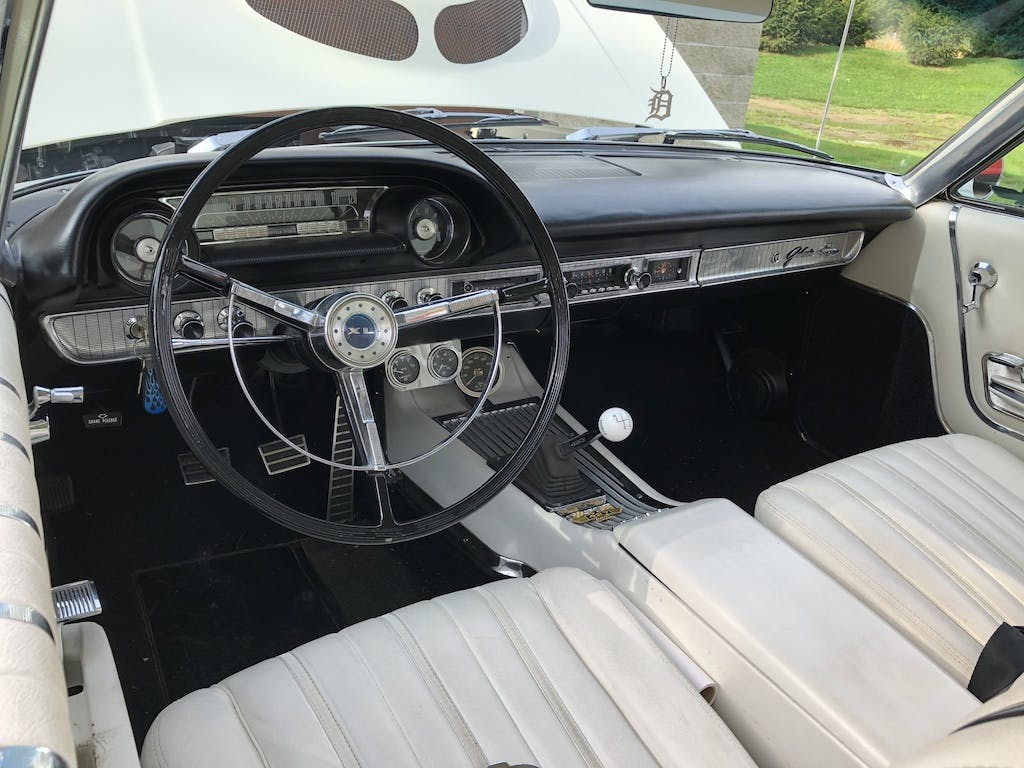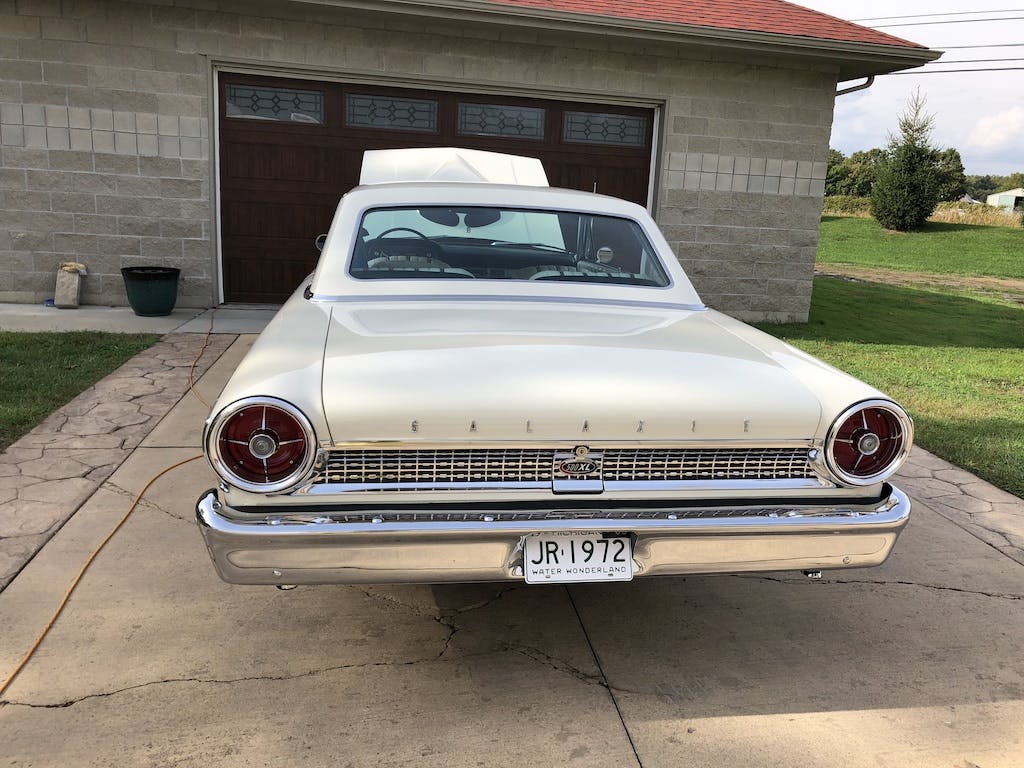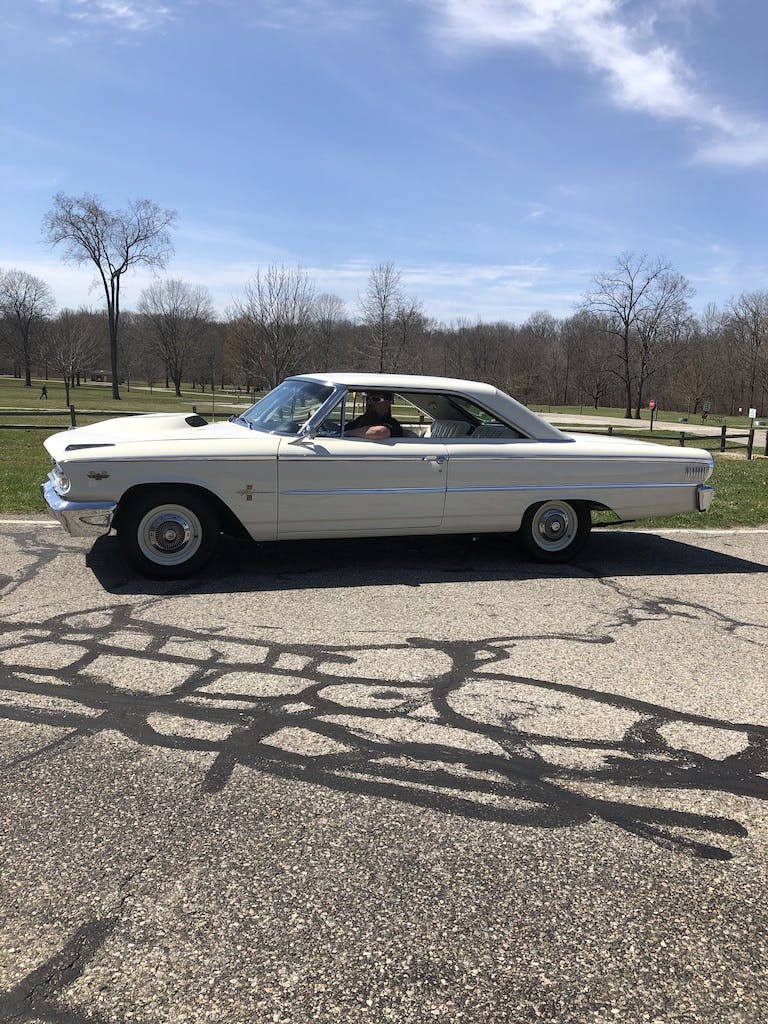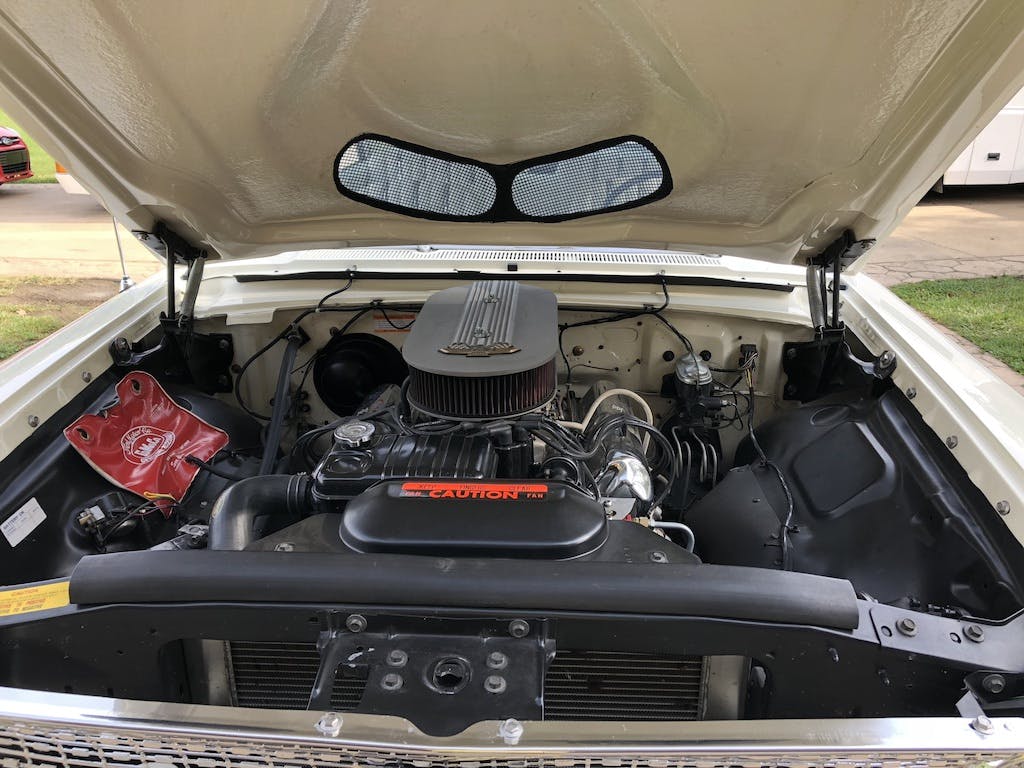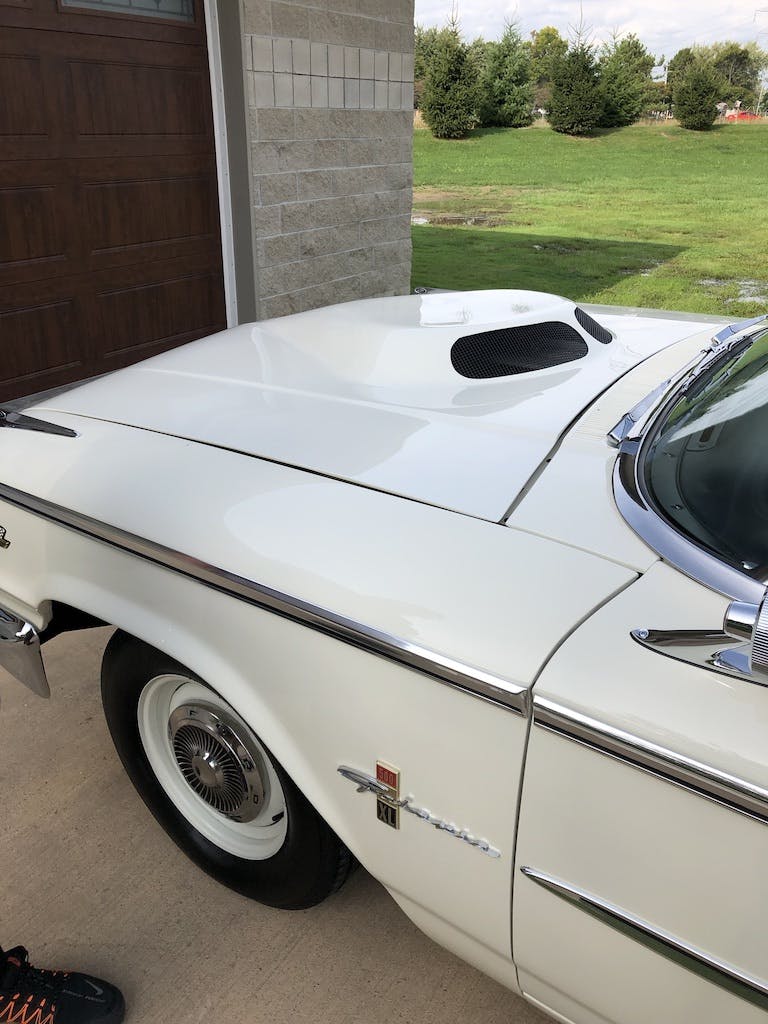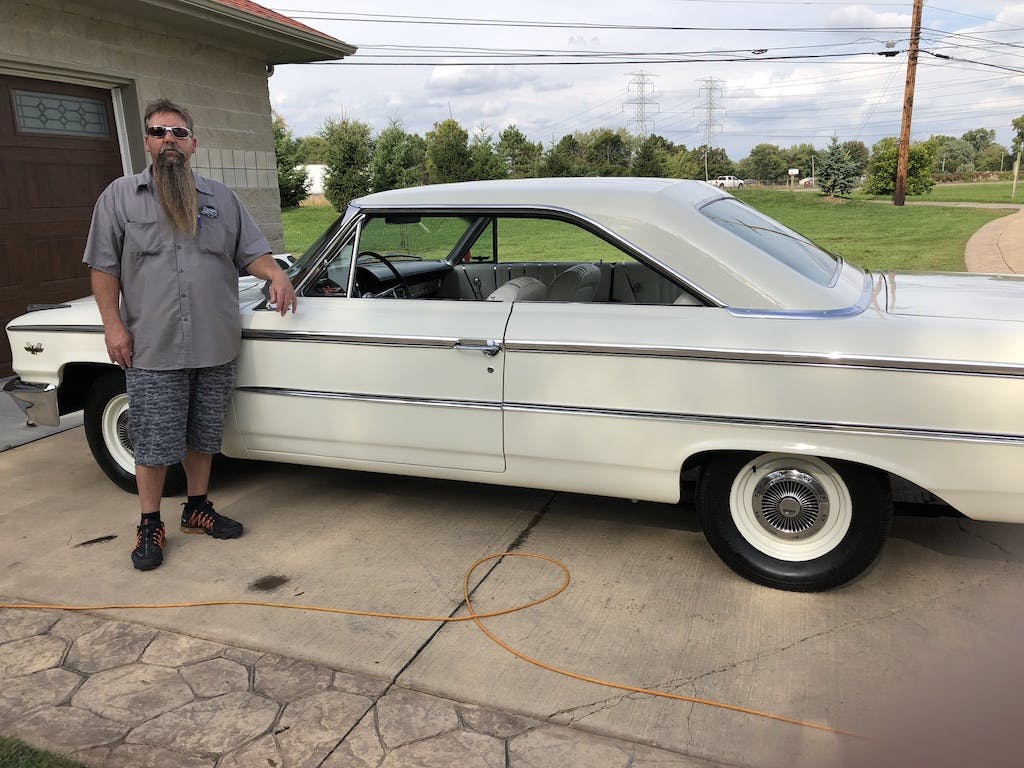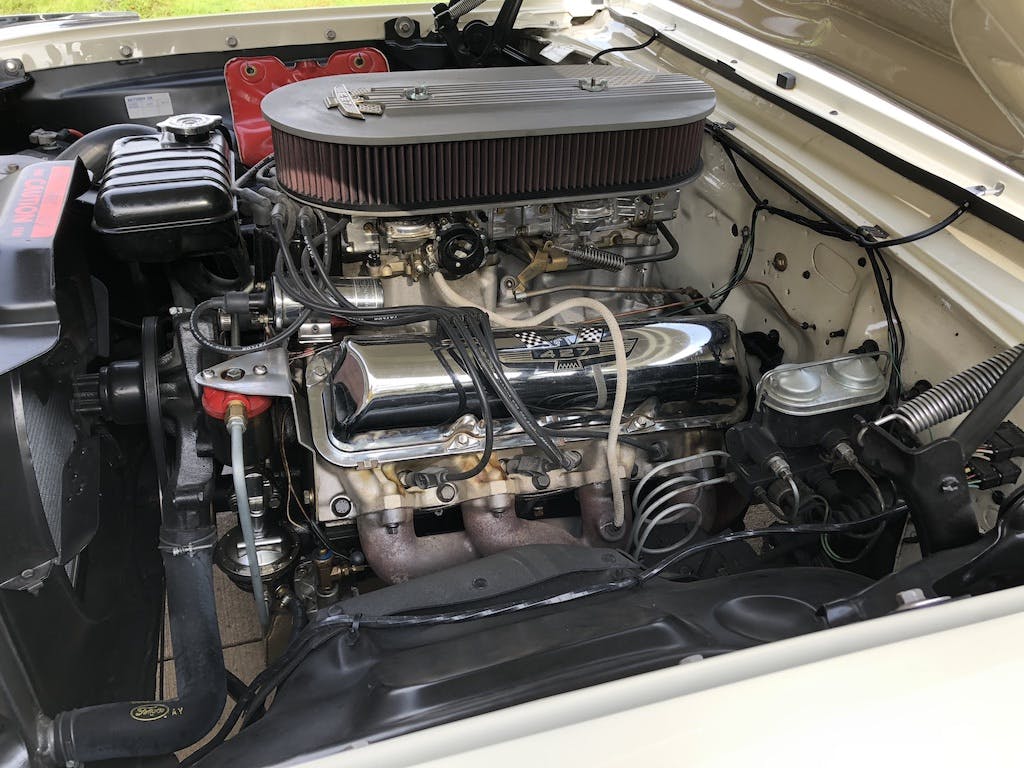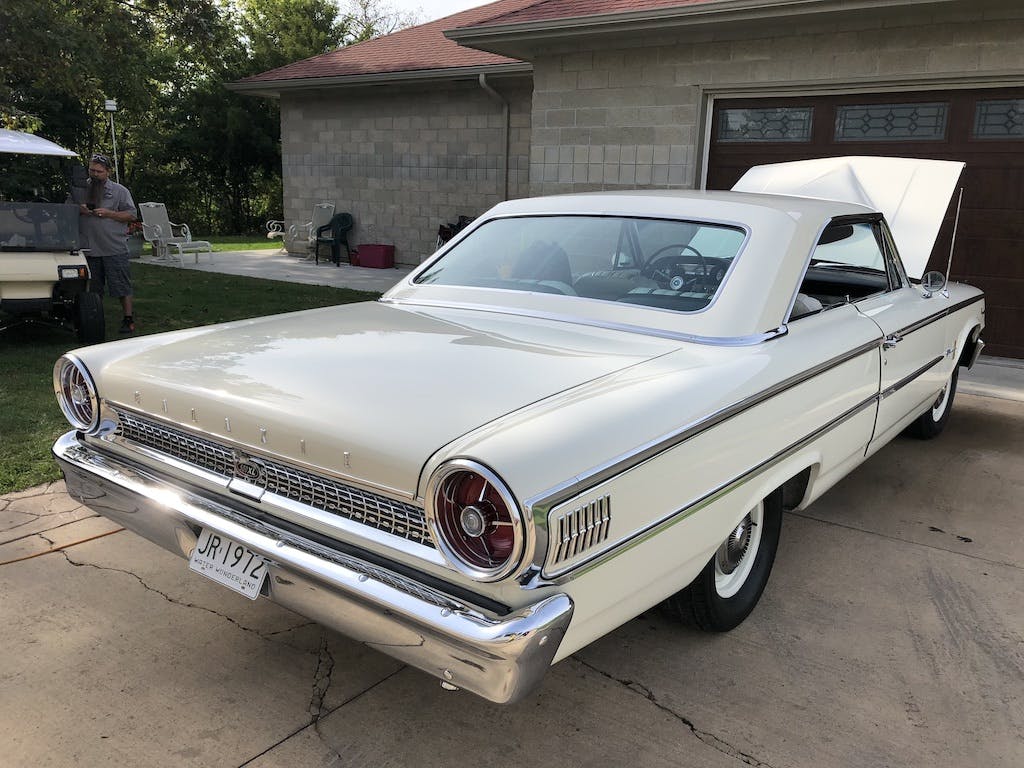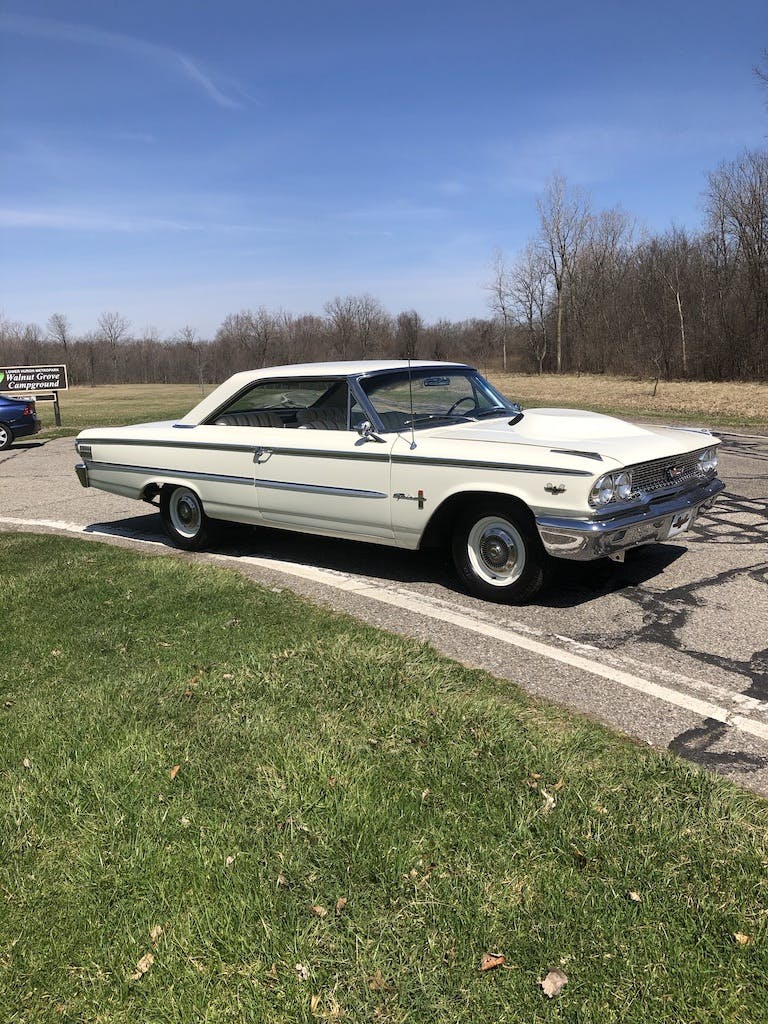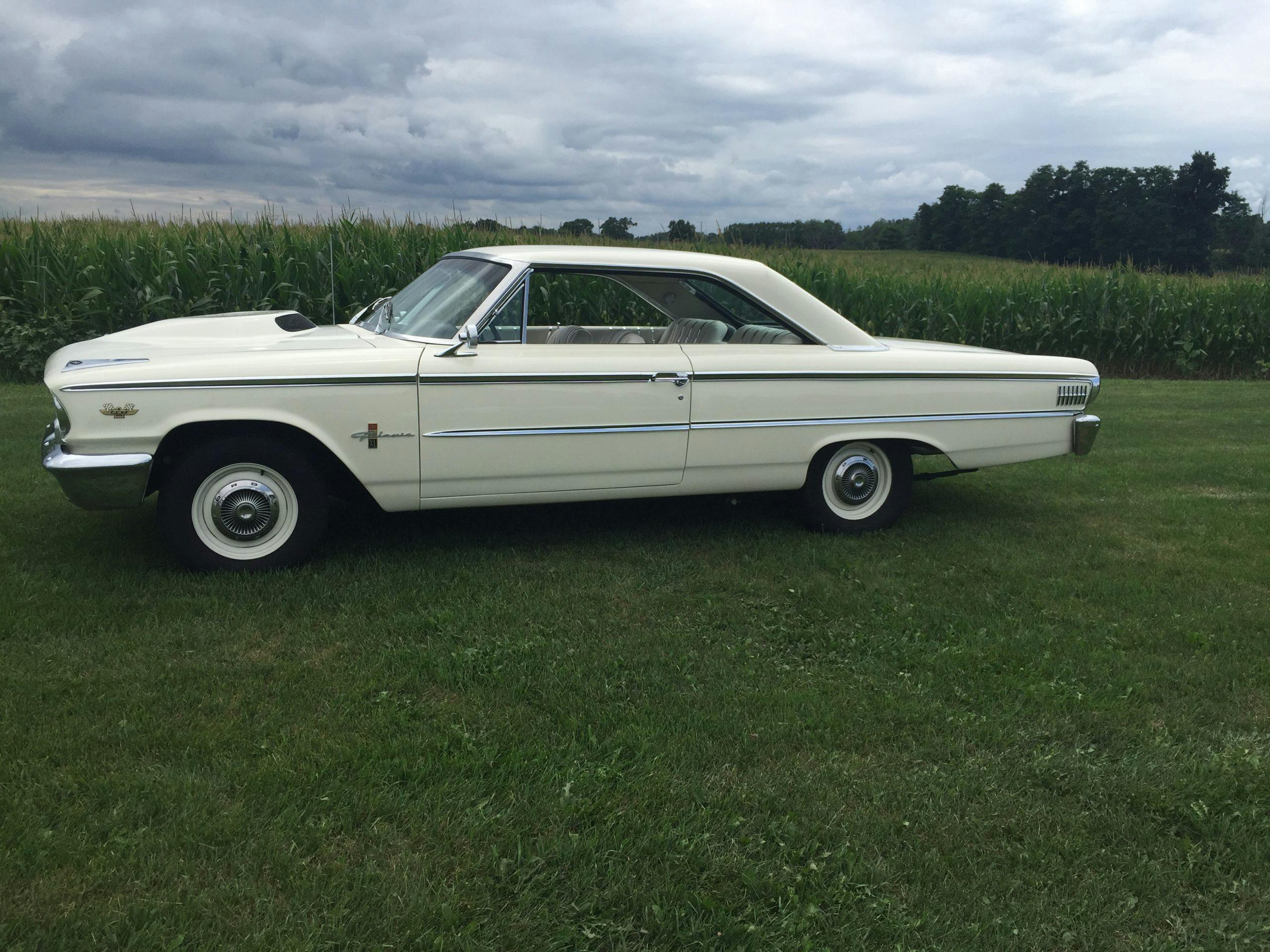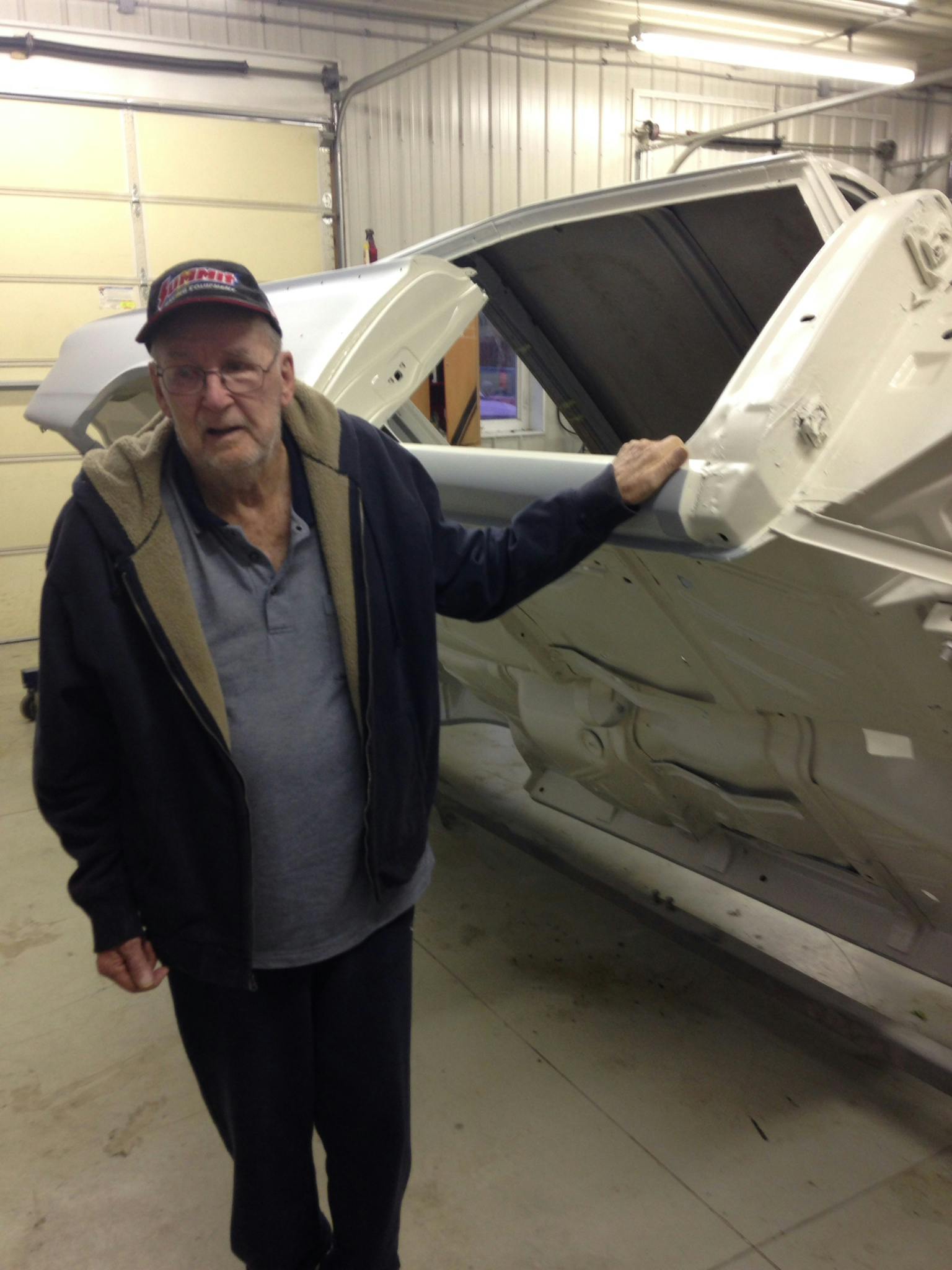This 609-hp 500 XL is a Galaxie beyond stock
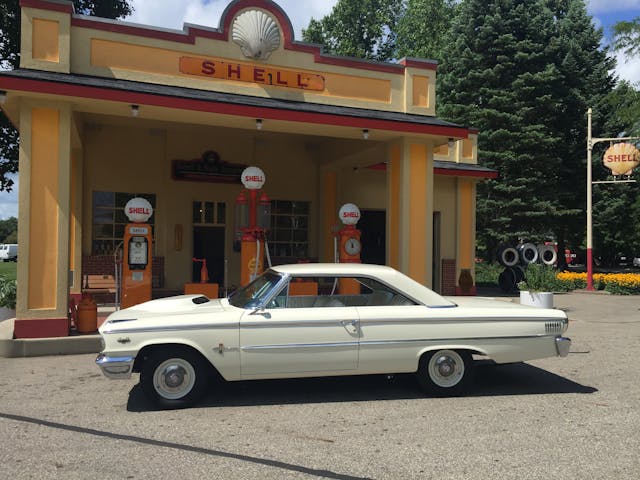
The 1960s were prime time for undeclared war: America versus Russia in space, and the Big Three carmakers on race tracks and the street. This is the era when the muscle cars we cherish prowled the avenues searching for someone, anyone, to challenge. Back then, stupendous horsepower and acceleration were within reach of your average grocery-shelf stocker.
The fact that Ron Herring is too young to have experienced the dawn of the muscle-car era didn’t hinder him from rolling his grandfather Odell Tidwell’s 1963-1/2 Ford Galaxie 500 XL out of the garage for its second life. In addition to their blood ties, these men are Ford Motor Company family. Tidwell, who died in 2015, worked at Wayne Assembly near Detroit for 53 years. Herring, 49, has for 29 years worked at the same plant.
As a youth, Herring spent every spare moment in the back seat of grandpa’s Galaxie with his Hot Wheels toys. He often tagged along to races at drag strips near Detroit. Tidwell bought this Ford in 1967 with no intention of driving it on the street. Instead, he boosted his firepower to 427 cubic inches and added three two-barrel carburetors. Flat-towing the Galaxie to local strips well into his eighties, Tidwell clocked 12.70-second ETs and 102-mph trap speeds on good days.
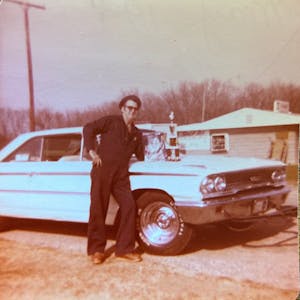
Ford launched the industry’s first “mid-year” model in 1963-1/2, with a more aerodynamic “sports hardtop” replacing the previous notchback roofline, in the interest of improving the Galaxie’s prowess in NASCAR racing. The new wind-tunnel-tuned roof trimmed both drag and rear lift. Ford’s FE-series 390-cubic-inch V-8—401 hp and three two-barrel carburetors—carried on, while a hotter, 425-hp 427 with two four barrels soon followed, for drag and road-racing competition.
To trim weight, Ford constructed a few cars with fiberglass body panels and other lightening measures. A handful of Galaxie 500 Sport Special R-code 427s were hand-built to drag race in NHRA’s Limited Production class at the Winternationals. The Holman and Moody shop in North Carolina also prepped a few of these missiles for Sir Jack Brabham and Graham Hill to road race in England, Australia, and South Africa.
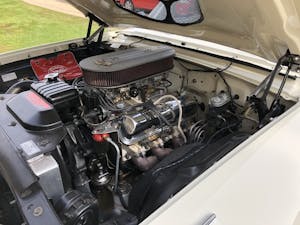
Herring’s Galaxie is a facsimile of those rare R-code models. He rolled grandpa’s car out of storage six years ago and hired Holbrook Racing Engines in Livonia, Michigan, to build a fresh 427 using contemporary hardware like aluminum heads and two-four-barrel induction, but neat period touches like the original factory long-tube cast-iron headers. The engine’s dyno-verified 609 hp is routed through a Borg-Warner T-10 four-speed equipped with a Hurst shifter, and then a 3.50:1 Detroit Locker.
MPB Restorations in Willis, Michigan, returned the original sheet metal to showroom condition by mounting the body on a rotisserie for access to every nook and cranny. All of the original 80,000-mile metalwork was preserved with repairs where necessary. Herring added a fiberglass teardrop bubble hood manufactured by Crites Restoration Products of Ashville, Ohio, mimicking the Thunderbolt blister hood used by the factory. The fresh Corinthian White paint is both flawless and true to R-code specs. The interior trim was restored with period-correct white vinyl upholstery and door panels. “The black dash top was in perfect shape, so we didn’t have to touch that,” Herring says. He added an 8000-rpm Sun tachometer and Stewart-Warner oil pressure and temperature gauges to stay in sync with the 1960s.

Power steering and brakes are not part of this package. Modern BFG radials are fitted all around. Even with mufflers, this vintage warrior sounds like hell boiling over.
“This Ford is so much fun to drive that I seldom bother towing it,” Herring notes. “Instead, weather permitting, I simply fire up grandpa’s Galaxie and head off to every show I can find within range.”
